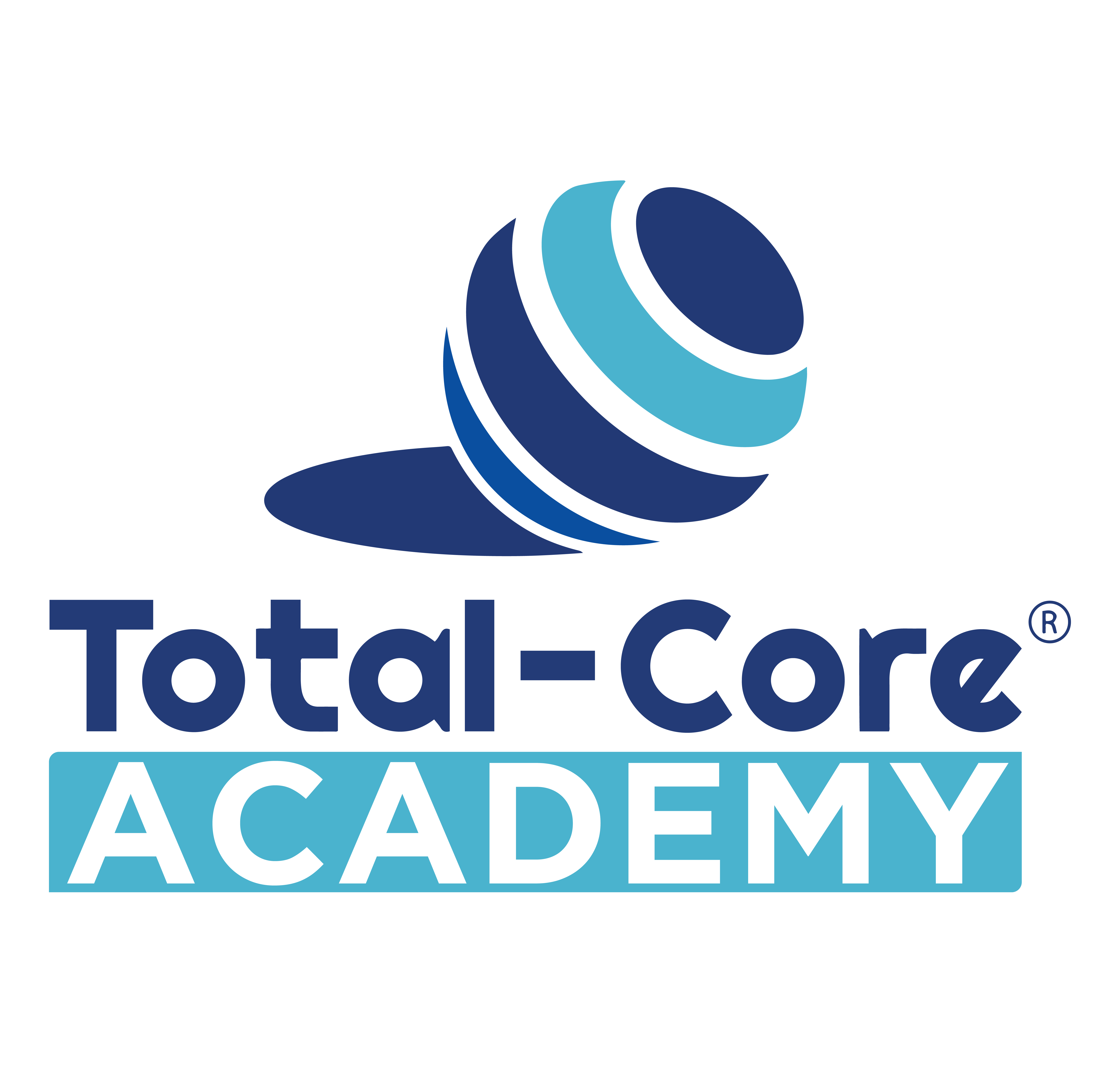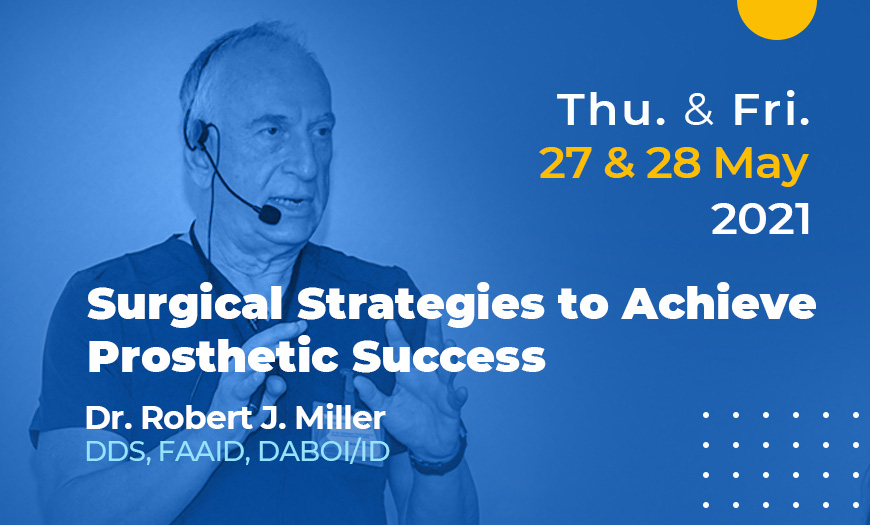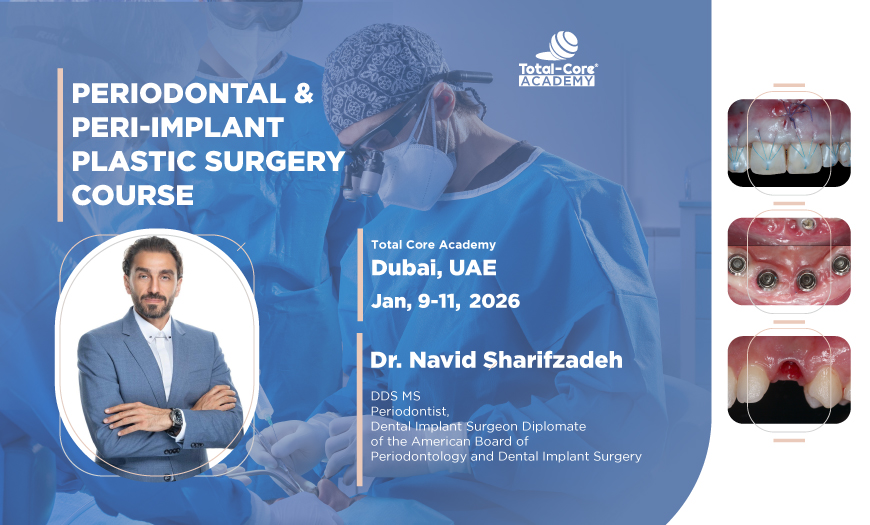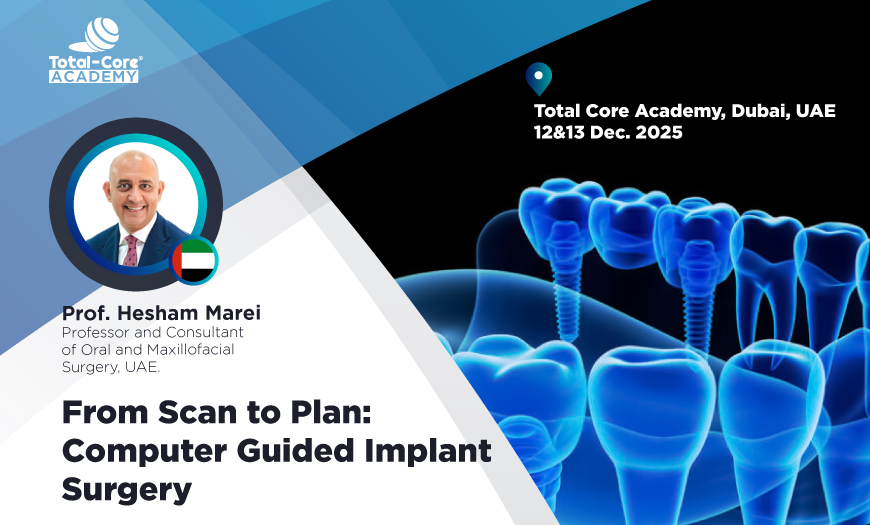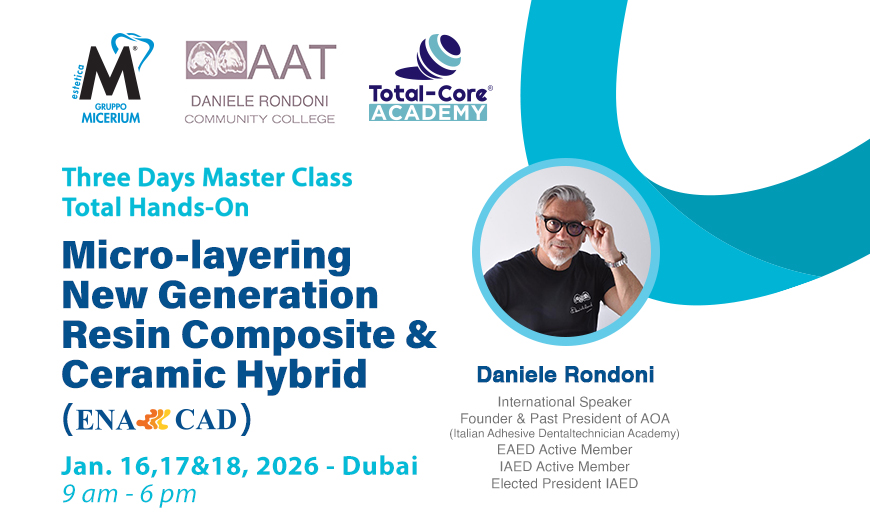Surgical Strategies to Achieve Prosthetic Success
This is a two-day conference covering surgical techniques that will enable the clinician to address the prosthetic needs of the patient. From single tooth to advanced full arch cases, Day 1 of this conference will address the treatment planning process, and then implement sequential surgical phases to regenerate the hard and soft tissue complex. The selection of surgical techniques should be matched to the final desired prosthesis to ensure long-term success and patient satisfaction. Day 2 will address prosthetic strategies for dealing with compromised implant sites after extraction to full arch reconstruction. Surgical placement and grafting of implant sites with defects, provisionalization of implants, full arch immediate loading of the provisional prosthesis, and minor revisions before delivery of the definitive prosthesis will be covered, followed by a model surgery workshop and fabrication of lab provisional.
Thu. & Fri., 27 & 28 May, 2021
{
"name":"Reminder to check the add-to-calendar-button repo",
"startDate":"2022-01-14",
"endDate":"2022-01-18",
"startTime":"10:15",
"endTime":"23:30",
"location":"World Wide Web",
"options":[
"Google",
"iCal",
"Outlook.com",
"Yahoo"
],
"timeZone":"Europe/Berlin",
"iCalFileName":"Reminder-Event"
}
Our Speakers

Dr. Robert J. Miller
DDS, FAAID, DABOI/ID
THE SCHEDULE
Registration
09:15 – 09:30
Maxillofacial anatomy for anatomically-driven implant surgery
09:30 – 11:00
Surgical strategies to regenerate anatomic ridge form
09:30 – 11:00
Enhancement of the dentogingival soft tissue complex
09:30 – 11:00
Coffee break
11:00 – 11:30
Extraction/Immediate implant placement strategies
The use of autologous biologics for healing compression
11:30 – 13:00
Lunch break
13:00 – 14:00
How to choose the appropriate biomaterial for stable ridge enhancement
14:00 – 16:30
Selecting the ideal number and placement of implants
14:00 – 16:30
Achieving initial stability in compromised extraction sites
14:00 – 16:30
Achieving parallelism in implant placement
09:30 – 11:00
Screw retained versus cement retained versus screwmentable prostheses
09:30 – 11:00
Coffee break
11:00 – 11:30
Provisional fabrication strategies for single tooth and quadrant surgery
11:30 – 13:00
Provisional fabrication for immediate load full arch cases
11:30 – 13:00
Developing the definitive prosthesis in relation to the soft tissue complex
11:30 – 13:00
Lunch break
13:00 – 14:00
Model Workshop – Implant Placement, Site Augmentation, and Provisionalization
14:00 – 16:30
Certificate Award
17:00 – 17:00
